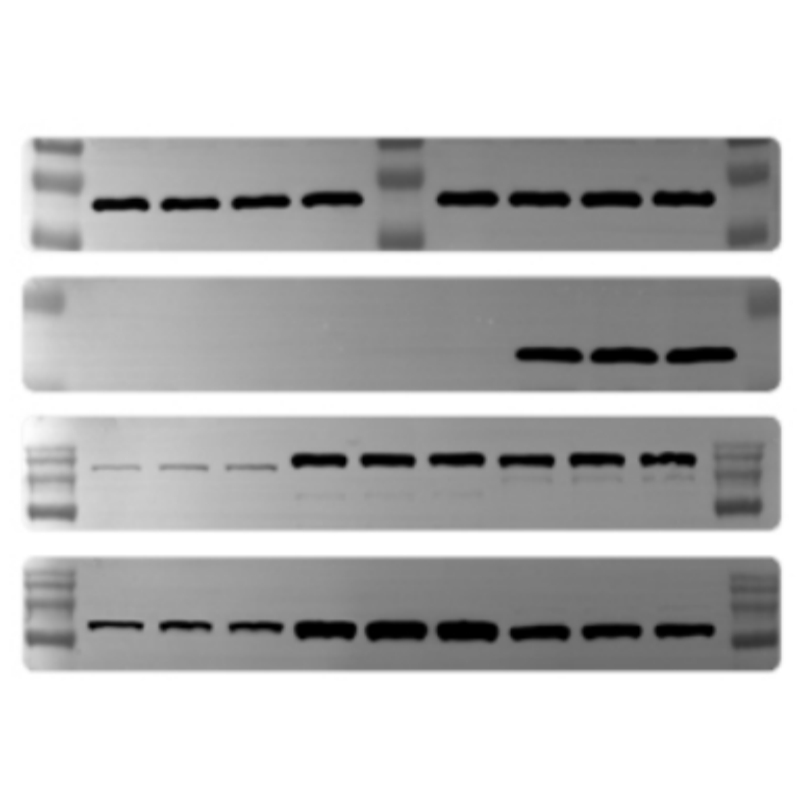Unveiling the Invisible: A Guide to Chemiluminescence Imaging Systems
Nov 10, 2025
In the quest to decode the mysteries of life, many of the most critical answers are hidden in plain sight—but they are too faint for the human eye to see. How do we capture the faint whisper of light from a single protein? The answer lies in the power of a Chemiluminescence Imaging System.
This blog will walk you through what this system is, why it's a lab essential, and how it's accelerating discoveries across the biosciences.
What is Chemiluminescence Imaging?
At its heart, a chemiluminescence imaging system is a highly sensitive camera designed to detect and document light emitted from chemical reactions.
In the lab, we tag molecules of interest (like proteins or DNA) with an enzyme reporter (e.g., HRP or ALP). When a substrate is added, the enzyme triggers a reaction that produces light. The imaging system's job is to capture this faint glow with extreme precision, transforming it into a quantifiable digital image.
Why Your Lab Needs One: 3 Key Advantages
Why has chemiluminescence become the gold standard for applications like Western blotting? The benefits are clear:
1. Extreme Sensitivity
It can detect target proteins down to the femtogram level, making it far superior to traditional colorimetric methods and essential for low-abundance targets.
2. Wide Dynamic Range
It can accurately capture both very strong and very weak signals in a single exposure, ensuring accurate quantification across a wide range of expression levels.
3. Simplicity & Robustness
Since it requires no external light source, it avoids issues like light scattering and photobleaching. This leads to cleaner data with low background and high reproducibility.
Core Applications: Where Does It Shine?
This system is a versatile workhorse in any molecular biology lab:
Western Blotting: The quintessential application. For detecting specific proteins with high specificity and sensitivity.
Southern/Northern Blotting: For detecting specific DNA and RNA sequences.
Colony/Plaque Hybridization: Rapidly screen bacterial colonies or phage plaques for your gene of interest.
Reporter Gene Assays: Study gene promoter activity by measuring luciferase enzyme output.
Dot Blots & Protein Arrays: A high-throughput method for analyzing multiple samples simultaneously.
Choosing the Right System for Your Needs
Not all imagers are created equal. Here’s what to consider:
1. Sensitivity: The most critical spec. Look for a low detection limit.
2. Camera Quality: A high-quality, cooled CCD or sCMOS camera is key for low-noise imaging.
3. Dynamic Range: Ensures you won't miss faint bands next to strong ones.
4. Software: User-friendly software with powerful tools for acquisition, quantification (e.g., band density analysis), and report generation is a must.
5. Automation: For core facilities or high-throughput labs, look for features like automated focus and multi-sample loading.


 ПОДДЕРЖИВАЕМАЯ СЕТЬ
Xml / политика конфиденциальности
ПОДДЕРЖИВАЕМАЯ СЕТЬ
Xml / политика конфиденциальности